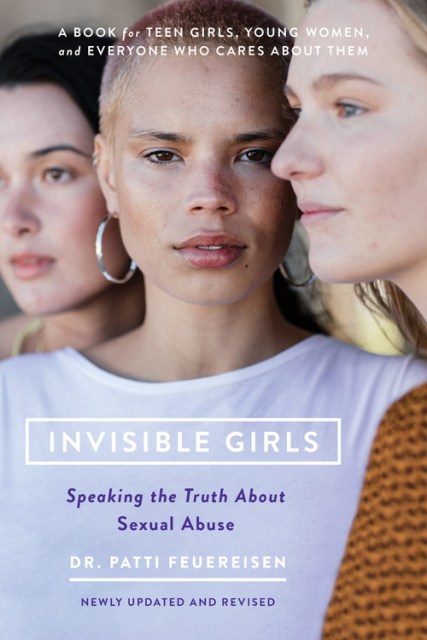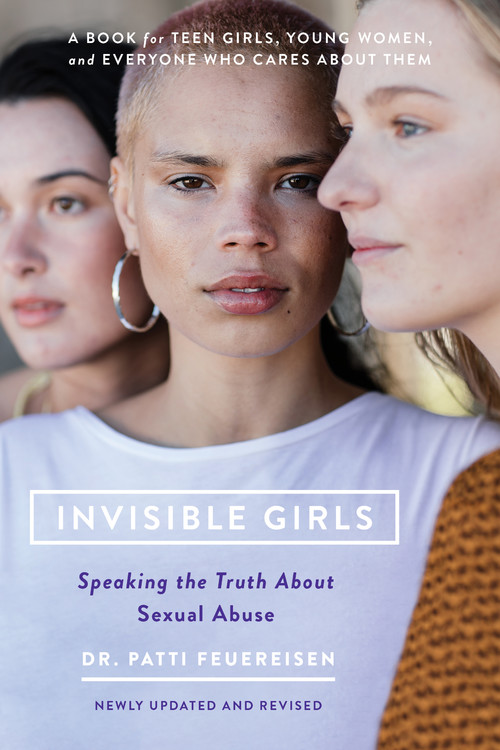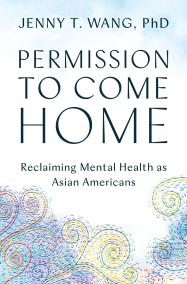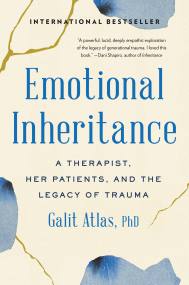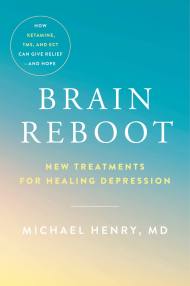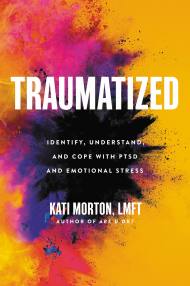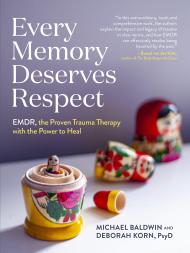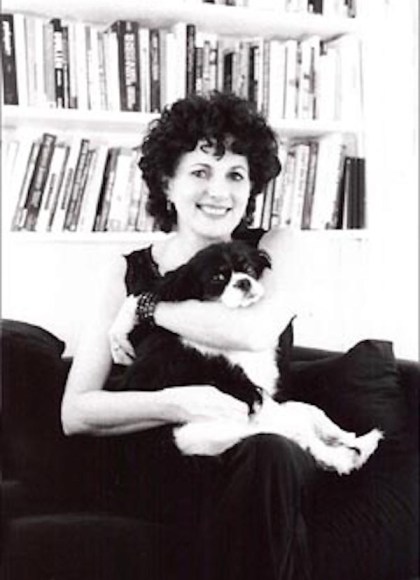Promotion
Use code MOM24 for 20% off site wide + free shipping over $45
Invisible Girls
The Truth About Sexual Abuse
Contributors
Formats and Prices
Price
$12.99Price
$16.99 CADFormat
Format:
- ebook (Revised) $12.99 $16.99 CAD
- Trade Paperback (Revised) $18.99 $23.99 CAD
This item is a preorder. Your payment method will be charged immediately, and the product is expected to ship on or around December 4, 2018. This date is subject to change due to shipping delays beyond our control.
Also available from:
One in four girls will experience sexual abuse by the time she is sixteen, and 48 percent of all rapes involve a young woman under the age of eighteen. It’s not surprising then, that in a society where sexual abuse of young women is rampant, many women never share their stories. They remain hidden and invisible.
In her pioneering work with young survivors through the last thirty years, Dr. Patti Feuereisen has helped teen girls and young women to find their voices, begin healing, and become visible.
In this revised second edition, Dr. Patti’s gentle guidance and the girls’ powerful stories continue to create an encouraging message: Remarkable healing is possible if girls learn to share their stories in their teens and early twenties. With a new introduction, new chapters, and updated resources, this new edition of Invisible Girls has even more to offer girls, young women, and those who care about them.
Genre:
- On Sale
- Dec 4, 2018
- Page Count
- 416 pages
- Publisher
- Seal Press
- ISBN-13
- 9781580058599
Newsletter Signup
By clicking ‘Sign Up,’ I acknowledge that I have read and agree to Hachette Book Group’s Privacy Policy and Terms of Use
